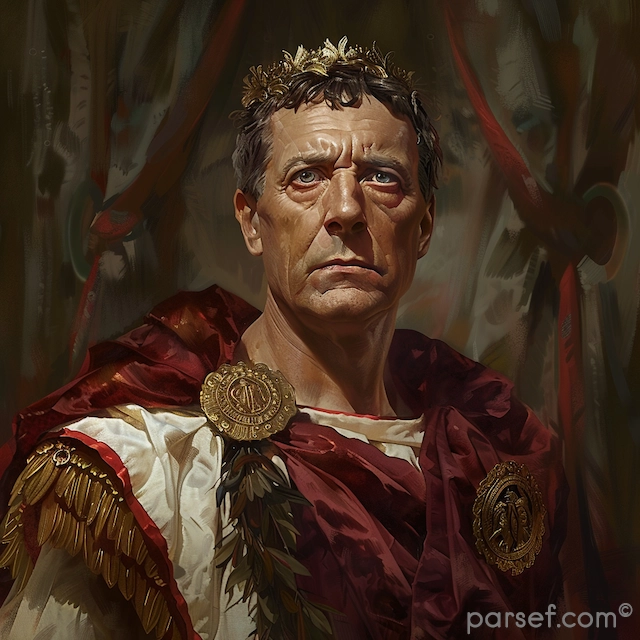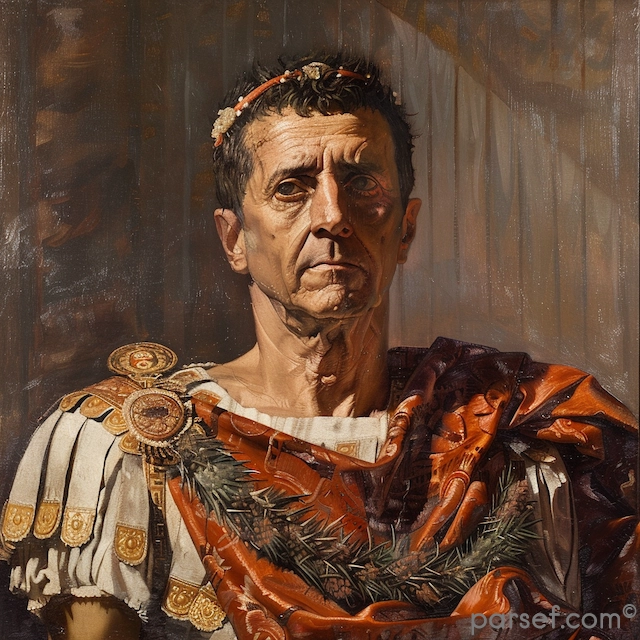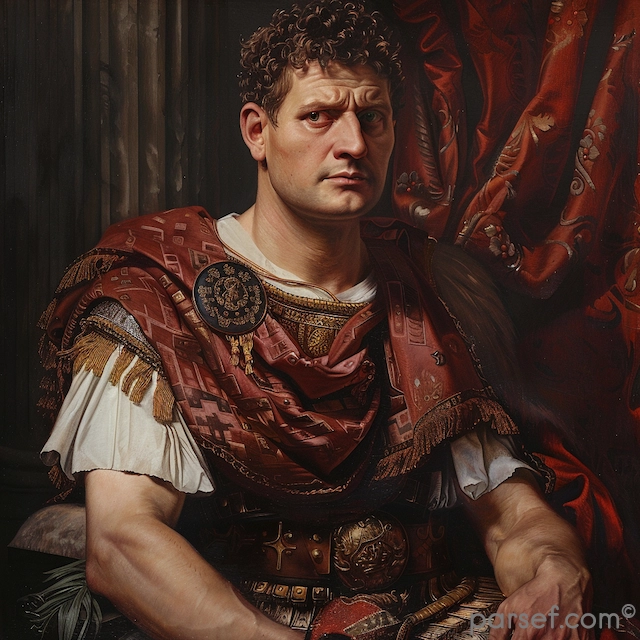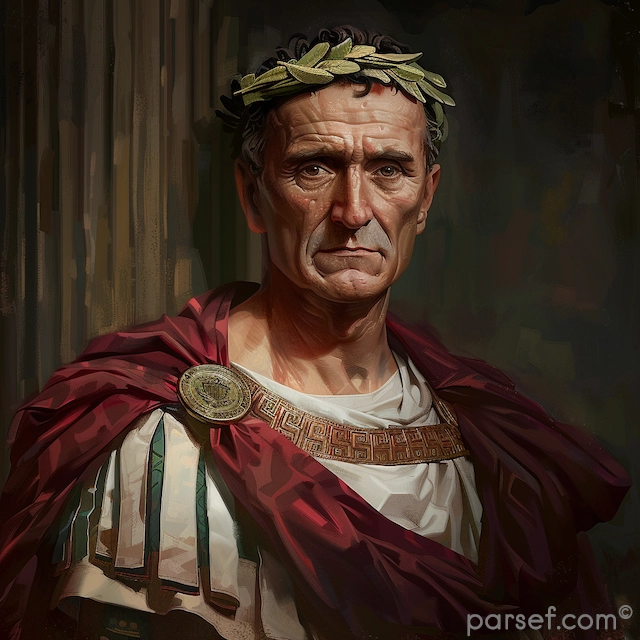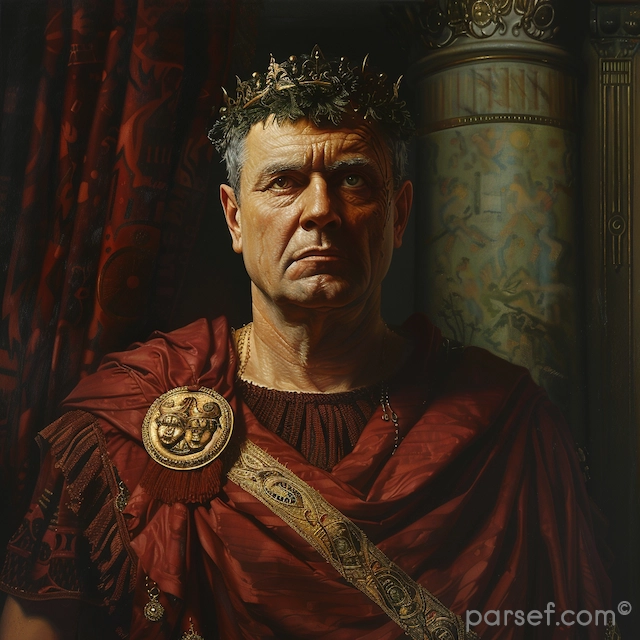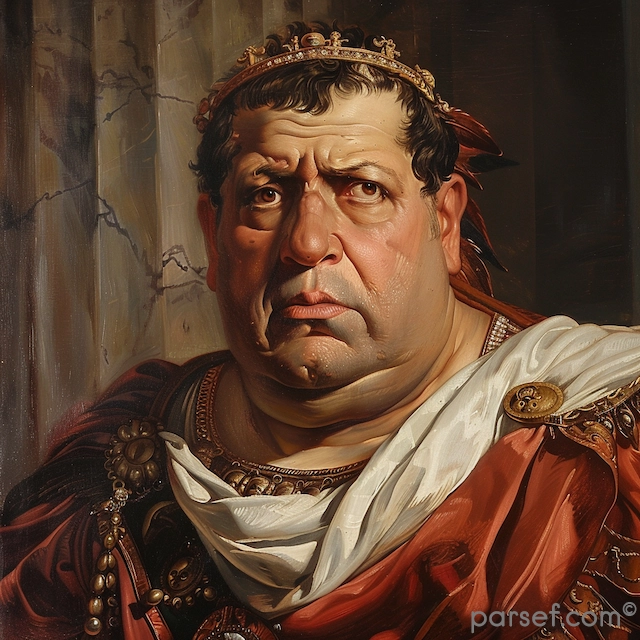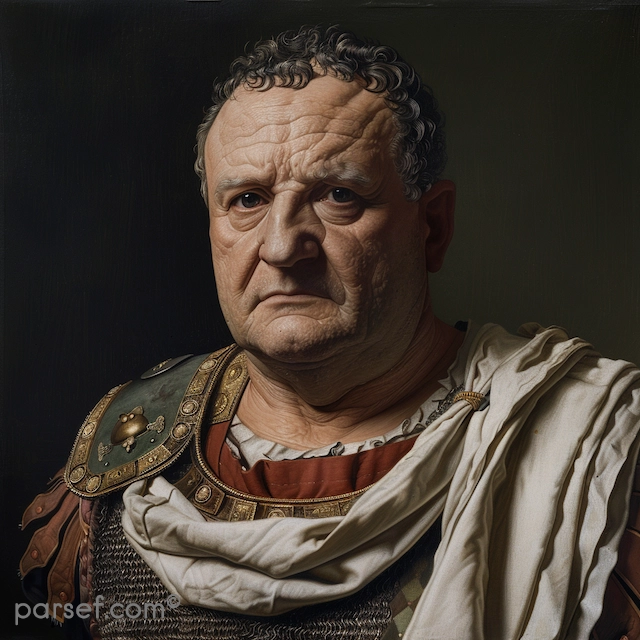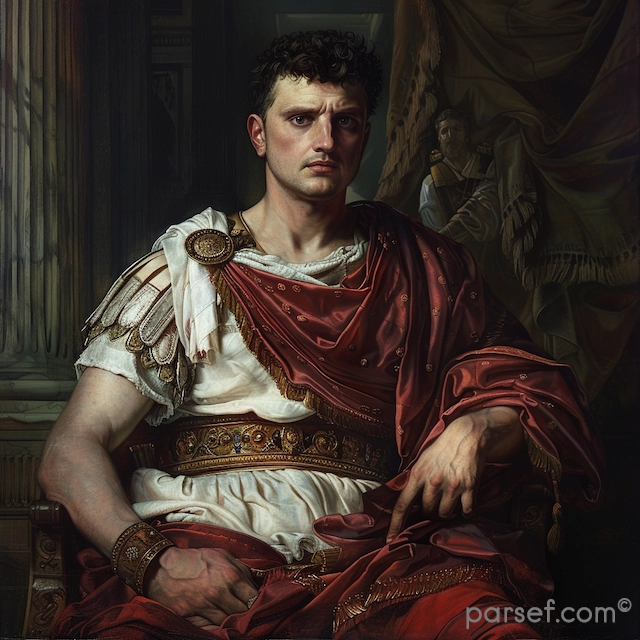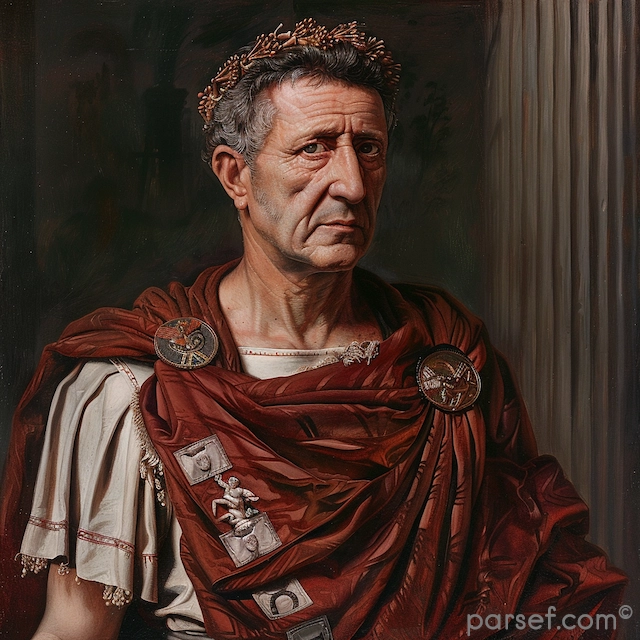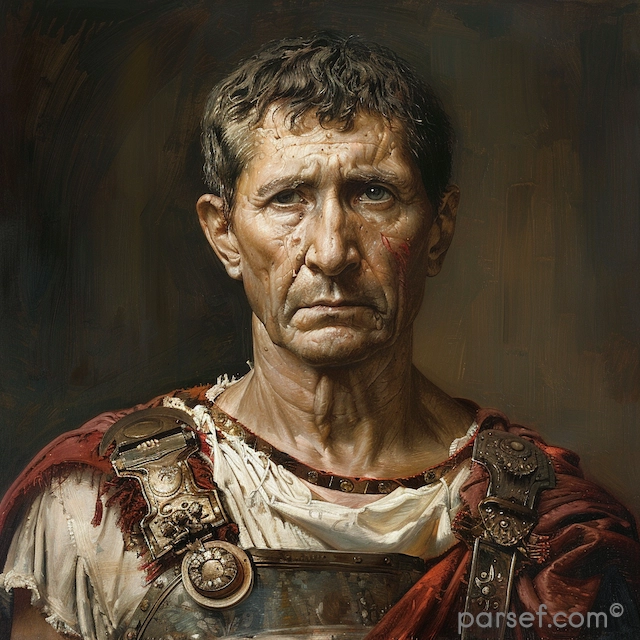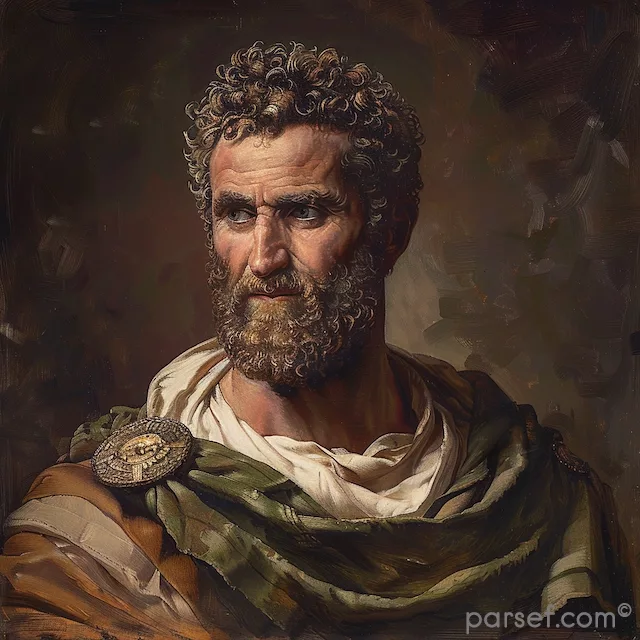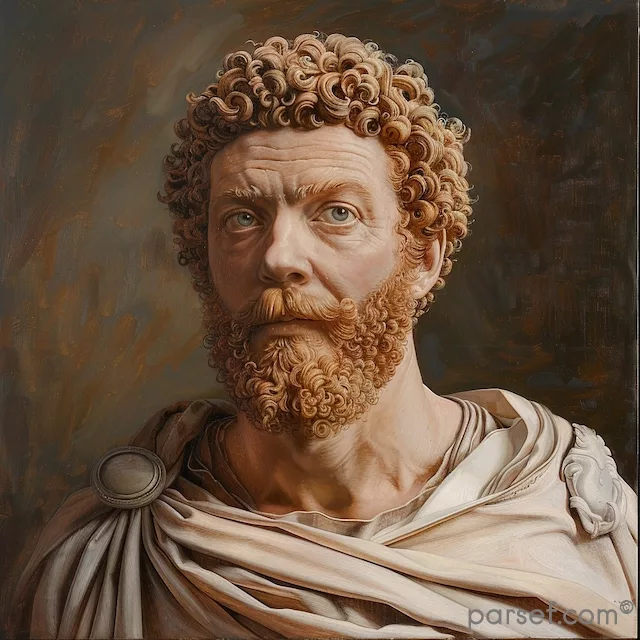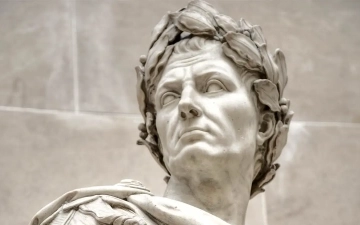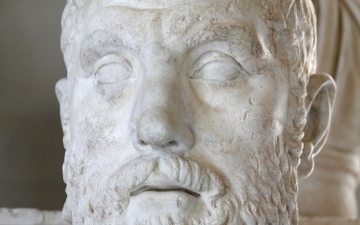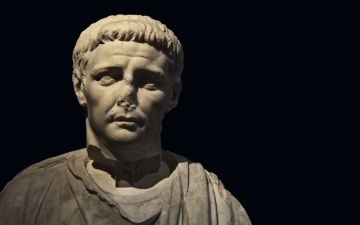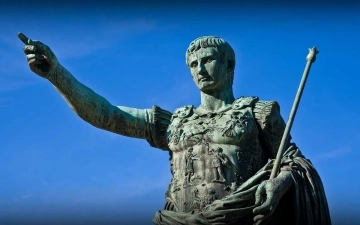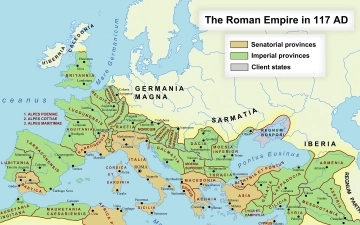Bonsai Trees: The Art, Care, and Beauty of Miniature Trees
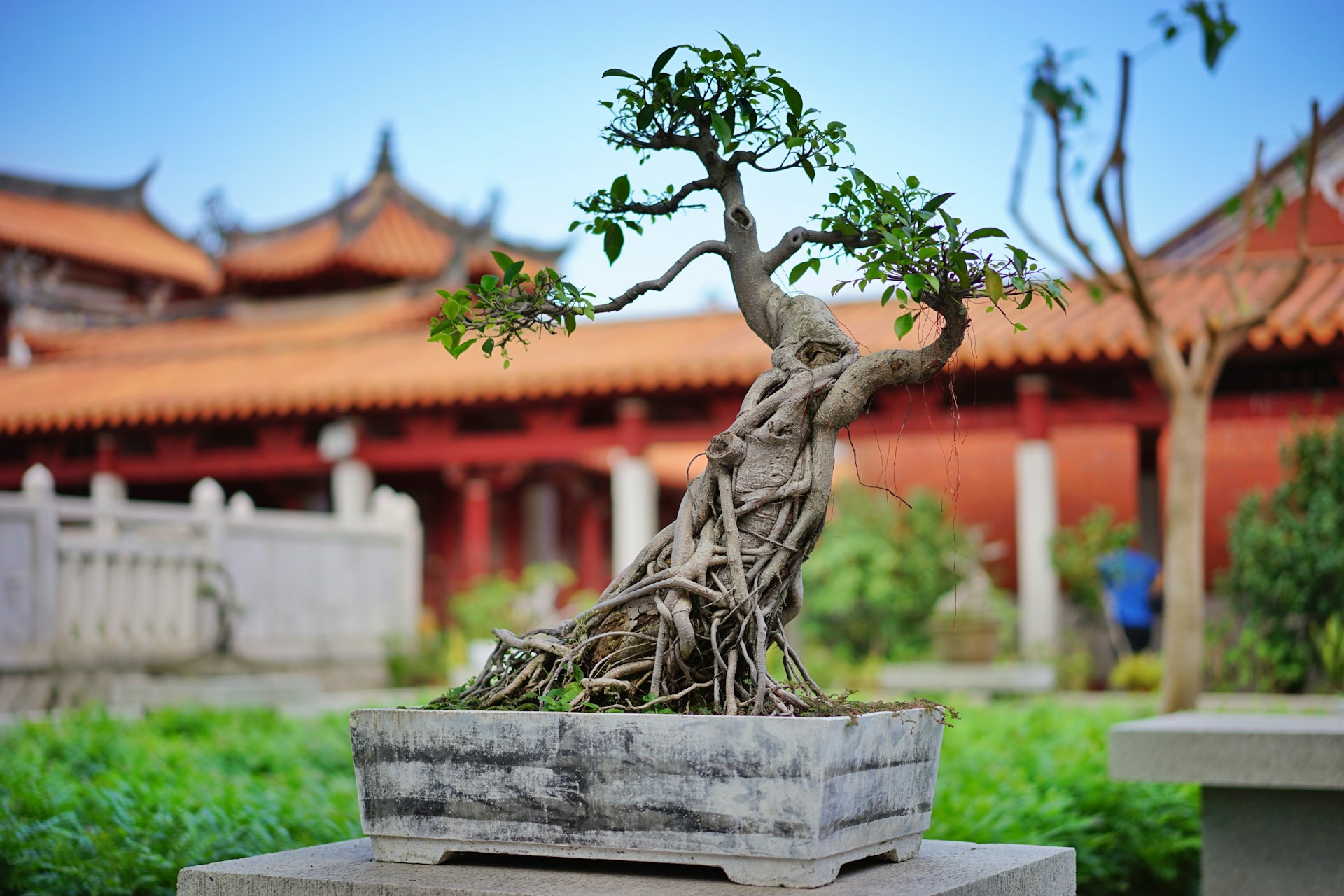
Bonsai trees are more than just plants—they are living works of art, shaped and nurtured over time to reflect nature’s beauty in miniature form. Originating from ancient Asian traditions, bonsai trees symbolize harmony, patience, and balance, making them a meaningful and meditative hobby for plant lovers worldwide. Whether you're a beginner or an experienced enthusiast, understanding the basics of bonsai care can help you cultivate a thriving tree that lasts for generations.
The Art & History of Bonsai 🎋
The word “bonsai” (盆栽) comes from Japan, meaning “planted in a container.” However, the practice of cultivating miniature trees dates back over a thousand years to ancient China, where it was known as “penjing.” The art later spread to Japan and evolved into the refined form we recognize today.
Bonsai trees are not specific tree species but rather regular trees that are pruned and shaped to remain small while maintaining a realistic, mature appearance. The goal is to create a perfectly balanced and aesthetically pleasing miniature version of a full-sized tree—a reflection of nature in a tiny, elegant form.
Choosing the Right Bonsai Tree 🌱
Not all trees make great bonsai, but some species thrive better than others. Here are a few of the most popular types:
Best Indoor Bonsai Trees (Perfect for Beginners!)
- Ficus Bonsai – One of the easiest to care for, great for beginners.
- Jade Bonsai – Requires little water and thrives indoors.
- Chinese Elm Bonsai – Hardy and easy to shape.
Best Outdoor Bonsai Trees (Thrives with Natural Sunlight)
- Juniper Bonsai – A classic bonsai with stunning needle-like foliage.
- Maple Bonsai – Beautiful seasonal colors, perfect for advanced growers.
- Pine Bonsai – Long-living and traditional in bonsai artistry.
How to Care for Your Bonsai Tree 🌿
Caring for a bonsai tree requires patience and attention, but with the right techniques, your tree can thrive for many years.
1. Watering Your Bonsai 💧
- Bonsai trees need consistent moisture but should never sit in standing water.
- Water when the topsoil feels slightly dry, ensuring thorough hydration without overwatering.
- Different species have different water needs, so research your specific bonsai type.
2. Pruning & Shaping ✂️
- Pruning maintains the shape and encourages new growth.
- Use bonsai shears to trim unwanted branches and leaves.
- Wiring can guide the tree’s growth, allowing you to sculpt and style your bonsai.
3. Choosing the Right Soil & Pot 🏺
- Bonsai soil should have a balance of water retention and drainage (Akadama, pumice, and lava rock are common components).
- The pot should have proper drainage holes to prevent root rot.
4. Light & Temperature Requirements ☀️
- Indoor bonsai need bright, indirect light and should be placed near a window.
- Outdoor bonsai should receive plenty of sunlight but may need protection from extreme weather conditions.
5. Repotting Your Bonsai 🔄
- Bonsai trees need to be repotted every 2-3 years to prevent root binding.
- Choose a slightly larger pot each time to allow for healthy growth.
The Beauty & Meaning Behind Bonsai Trees 🌸
Bonsai trees are not just decorative plants; they represent patience, balance, and the beauty of nature. Many bonsai enthusiasts find joy in the peaceful, meditative process of shaping and caring for their trees. Bonsai trees also make wonderful gifts, symbolizing longevity and harmony.
Start Your Bonsai Journey Today! 🌿
Whether you want to add a touch of nature to your home, learn the art of pruning, or experience the joy of growing a miniature tree, bonsai is a rewarding hobby for anyone. At Nursery Tree Wholesalers, we offer a wide selection of indoor and outdoor bonsai trees, along with expert advice to help you succeed.
🌱 Explore our bonsai collection today and start your journey into the world of bonsai!
Related Posts
The Role of Horses in the Roman Empire: From War to Sport
If we look back on the Roman Empire, we can see that horses played an important role. They were engines of power and symbols of prestige, and they were used for agriculture, traveling, warfare, and yes, entertainment like chariot races. Spanning centuries of conquest and culture, horses have always been closely...
Read MoreAugustus: The Architect of Imperial Rome’s Golden Age
In the grand tapestry of ancient Rome's history, one name stands out as a pivotal figure who played a transformative role in shaping the destiny of an empire. That name is Augustus, the first Roman Emperor, whose reign marked the beginning of a remarkable era known as the Pax Romana...
Read MoreMacrinus: The First Equestrian Emperor and His Brief Attempt to Stabilize Rome
Opilius Macrinus, an unexpected figure in the annals of Roman history, ascended to the imperial throne in 217 AD after the assassination of Caracalla. Unlike his predecessors, who hailed from the senatorial aristocracy, Macrinus was an eques, a member of the equestrian order, a social class traditionally associated with business...
Read MoreClaudius: The Unexpected Emperor and His Surprising Achievements
In the annals of Roman history, the name Claudius stands out as a remarkable story of an unexpected emperor who defied the odds and left behind a legacy of significant achievements. Often underestimated due to physical disabilities, Claudius rose to power and proved to be a capable and innovative ruler....
Read MoreThe Rise and Fall of Julius Caesar: A Tale of Ambition and Betrayal
Julius Caesar, a name that echoes through the corridors of history as one of ancient Rome's most prominent and controversial figures. His life, marked by ambition, military genius, and ultimate betrayal, is a tale that continues to captivate and intrigue. The Ascent of Ambition Julius Caesar was born in 100 BCE into...
Read MoreThe Colossal Footprint: Exploring the Roman Empire at its Greatest Extent
The Roman Empire, a name that evokes images of gladiatorial combat, sprawling aqueducts, and stoic emperors, wasn't just a powerful state; it was a colossal empire that stretched across continents. But how vast was its reach at its zenith? This post delves into the greatest extent of the Roman Empire,...
Read More